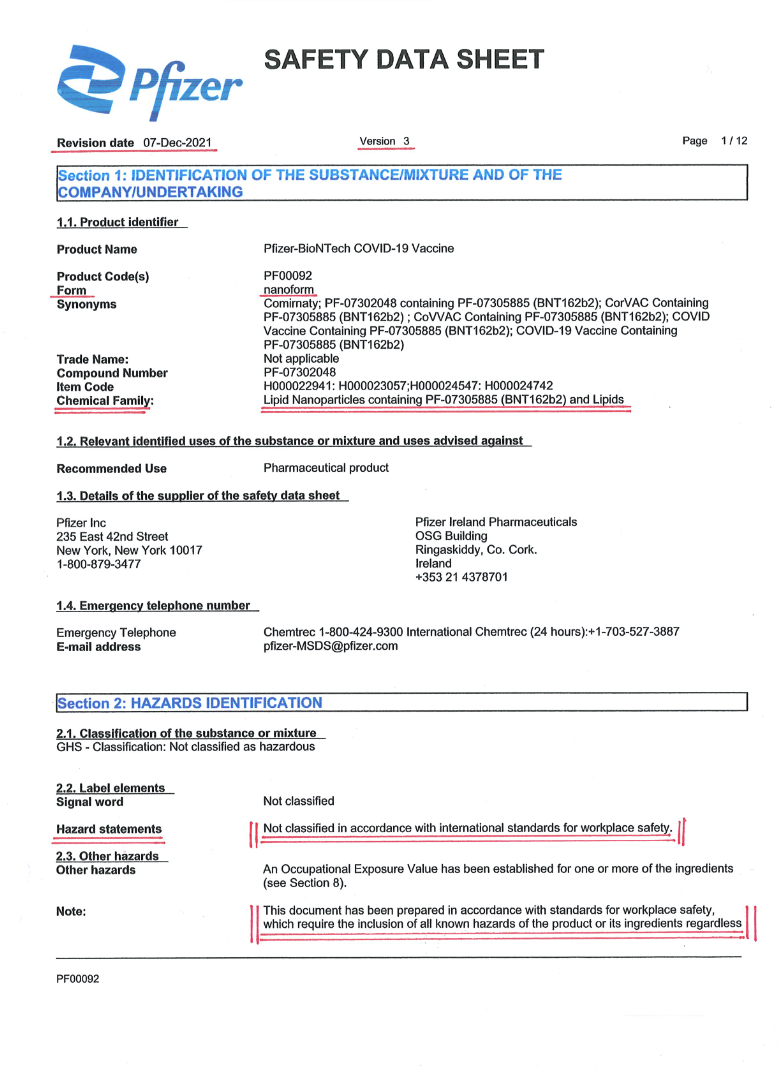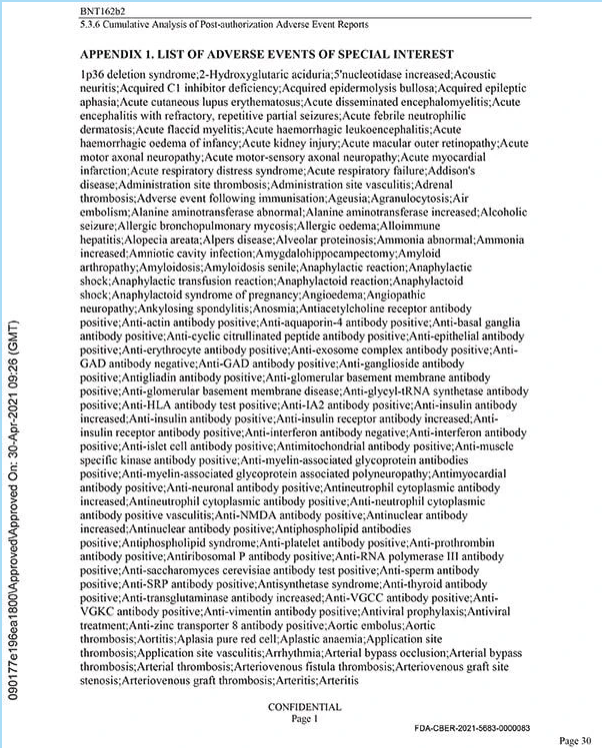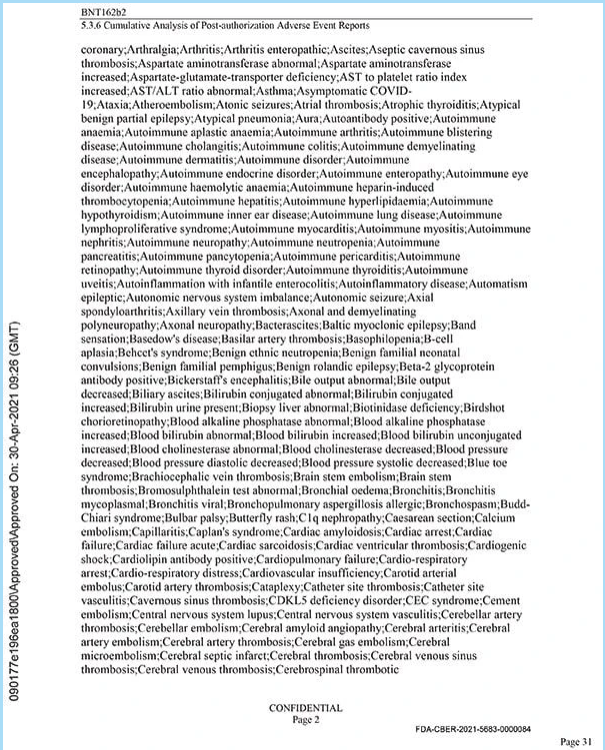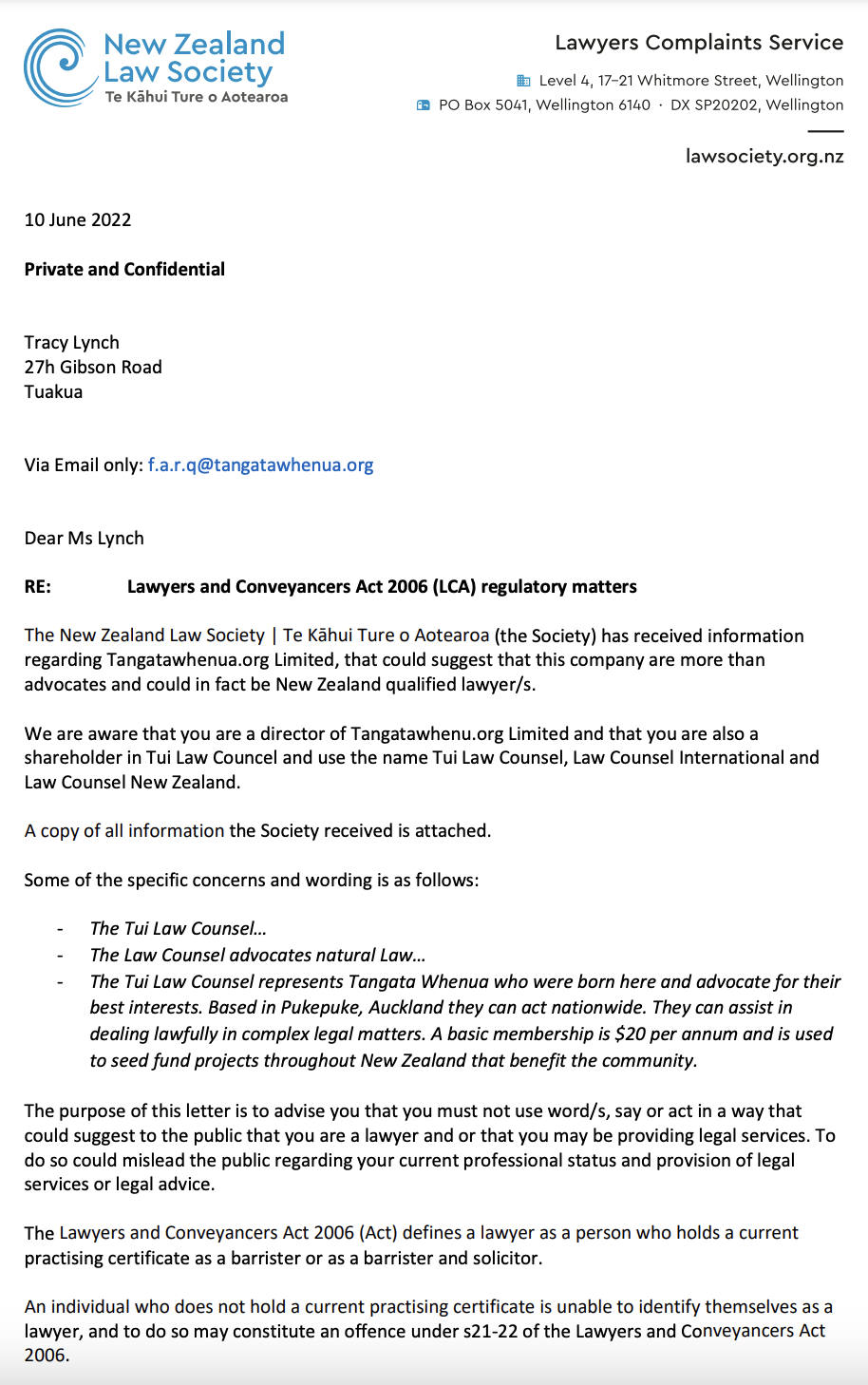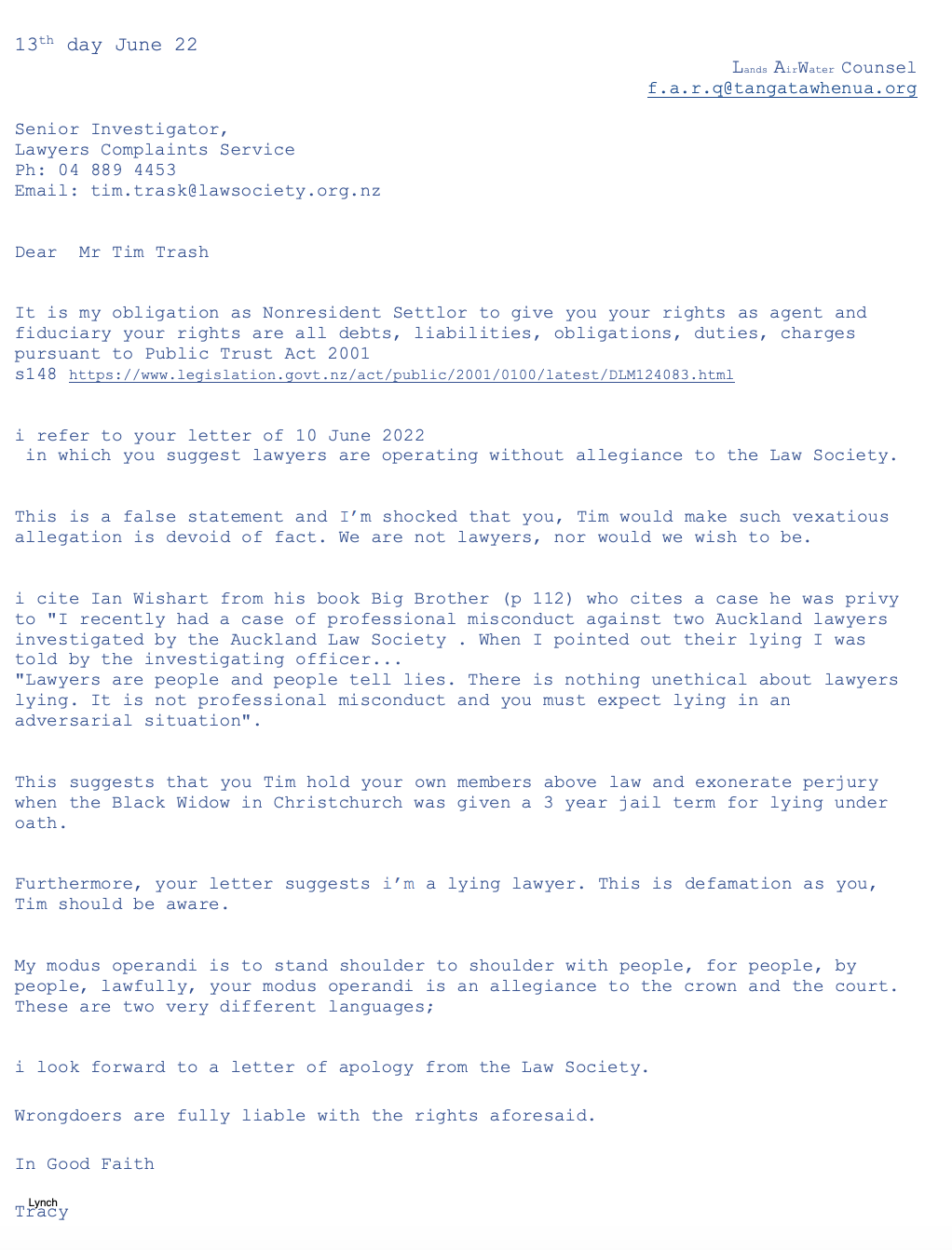UN Declaration on the Rights of Indigenous Peoples
360 states worldwide adopted this declaration.
Coming Soon…

Resolution

Power of Attorney


Tresspass Notice of Liability

Natural Law
natural law, in philosophy, a system of right or justice held to be common to all humans and derived from nature rather than from the rules of society, or positive law.
If the fictional system is going against natural law and causing you harm (physical, psychological or financial) please send the details to new_members@tangatawhenua.org
EMF
Dear Victor Leach
Children, health and wireless radiation
Wireless radiation could have harmful effects on children’s development and health. This is the conclusion of a new scientific paper recently published by a group of scientific experts.
In it, the authors provide evidence linking wireless radiation with cancer and impacts on brain development, memory and reproduction. They also refer to effects on oxidative stress, DNA damage, cardiomyopathy, carcinogenicity, sperm damage, memory damage and neurological effects.
The paper was written by experts in medicine, epidemiology, toxicology, physics, biochemical engineering and public health who collectively have published more than 1,000 papers.
They point out that children are exposed to a large and growing number of wireless devices, none of which have been tested for safety on children. Further, their brains and organs have been shown to absorb far more radiation than those of adults. ‘Children absorb proportionally more RFR than adults; about 2-fold greater in the pediatric cerebellum, ten-fold greater in the bone marrow of the skull and up to 30-fold greater in the hippocampus. Children’s eyes can absorb 2- to almost 5-fold higher doses than adults,’ the authors say. Further, ‘Children’s brain and body tissues have a higher dielectric constant, a measurement of the ease with which electromagnetic fields can move through different media.’
The authors say that young people are particularly vulnerable to wireless radiation. ‘Pregnancy, infancy, and childhood are periods of critical susceptibility, especially for the brain, which is developing rapidly. Children have a faster rate of neuronal cell growth and the fatty protective sheath of myelin is not fully formed until the mid-20s. Even very low levels of an environmental exposure early in development can have lifelong implications for neurodevelopment. Stem cells are more active in children and have been found to be more sensitive to wireless frequencies than differentiated cells.’
The new paper provides evidence showing that the growing foetus is particularly vulnerable. ‘In both animals and humans, prenatal EMF exposures have been linked with impaired development of structures and functions of the brain, as well as the reproductive organs and reproductive capacity of offspring,’ it says. It moreover shows that prenatal exposures can have harmful effects on the central nervous system and can alter behaviour and cognition in the offspring.
The authors also draw attention to the worrying link between mobile phone radiation and brain tumours in children. They say, ‘Despite major limitations in design, the Mobikids study of cell phone use in Canadian children reported a doubled risk of glioblastoma multiforme from using cell phones, a risk that should provide a sobering message to those that seek to prevent such disease from occurring in the first place.’
Further, wireless radiation adversely affects the endocrine system. ‘RFR has all the classic hallmarks of endocrine disruptors that affect reproduction, development of the hypothalamic-pituitary-gonadal axis (HPG) and alter normal male and female reproductive endpoints,’ the authors write.
Children’s use of screen devices can be harmful in other ways, they say. ‘Higher levels of adolescent screentime, social media access and cell phone use in teenagers’ bedrooms are associated with reduced sleep time as well as negative effects on daily functioning, behavior and mood.’ Further, ‘Up to 8.5% of U.S. youth 8 to 18 years of age and 4.6 % of Chinese youth meet criteria for Internet gaming disorder defined by the World Health Organization in its standard Diagnostic and Statistical Manual of Mental Disorders-Fifth Edition (DSM-5) as an uncontrollable, persisting need to engage directly with digital media and games that cannot be stopped.’
The authors point out that international radiation limits do not provide adequate protection. ‘FCC and ICNIRP regulatory limits have been long criticized by experts and the court because they do not address children’s unique vulnerability, the biological and health effects of long-term exposure nor the current ways that children are exposed to cell phone and wireless radiation.’ They point to other countries and authorities that have developed lower exposure limits.
Recommendations
The authors recommended that
-
Parents should:
-
-
reduce children’s use of screen-based devices, as recommended by the American Academy of Pediatrics. (none for children under 18 months; limited for children 18 months – 2 years; no more than 1 hour a day for children 2 – 5)
-
-
-
read aloud to children
-
-
-
limit children’s use of mobile phones
-
-
-
reduce household exposure to wireless radiation from internet, phones and wireless devices
-
-
-
take additional precautions during pregnancy.
-
-
Clinicians should
-
-
keep informed about wireless radiation and health
-
-
-
ask patients about their use of digital media and Wi-Fi devices
-
-
-
development plans for families to reduce use of wireless devices.
-
-
Schools should
-
-
turn off and store mobile phones
-
-
-
not use cordless phones
-
-
-
reduce use of wireless technologies
-
-
-
teach children how to reduce wireless exposure
-
-
-
not allow mobile phone towers on/near school property
-
-
-
measure students’ exposure annually.
-
-
Health care centres should
-
-
decrease exposure in waiting rooms, treatment areas, hospital rooms and administrative rooms
-
-
-
accommodate sensitive patients
-
-
-
educate patients, families, and staff
-
-
-
use non-wireless equipment.
-
‘Fortunately, alternatives to employing wireless devices can provide safer, faster and more efficient technical performance for many modern applications. There are many distinct physical, psychological and sociological grounds for moderating children’s screen time to promote healthy development. The principle of ALARA—as low as reasonably achievable—ought to be adopted as a strategy for RFR health and safety protection,’ the authors say.
Davis D, Birnbaum L, Ben-Ishai P, Taylor H, Sears M, Butler T, Scarato T. Wireless technologies, non-ionizing electromagnetic fields and children: Identifying and reducing health risks. Curr Probl Pediatr Adolesc Health Care. 2023 Mar 16:101374. doi: 10.1016/j.cppeds.2023.101374. Epub ahead of print. PMID:
You can download the paper here.
What can you do?
-
Measure the wireless radiation in and around your home with our wireless meters.
-
Pregnant women, keep your home radiation free with our radiation-free equipment for safe internet/landline phones.
-
Learn how to make your home radiation free with our online course, Your electromagnetic-safe Home.
What else can you do?
-
forward this email to others to inform them, too
-
see the latest news in our March/April newsletter EMR and Health here
-
book a phone consultation to find answers to your questions here.
Warm regards
Lyn McLean
Director
EMR Australia PL
A business that doesn’t discriminate
www.emraustralia.com.au
02 9576 1772


